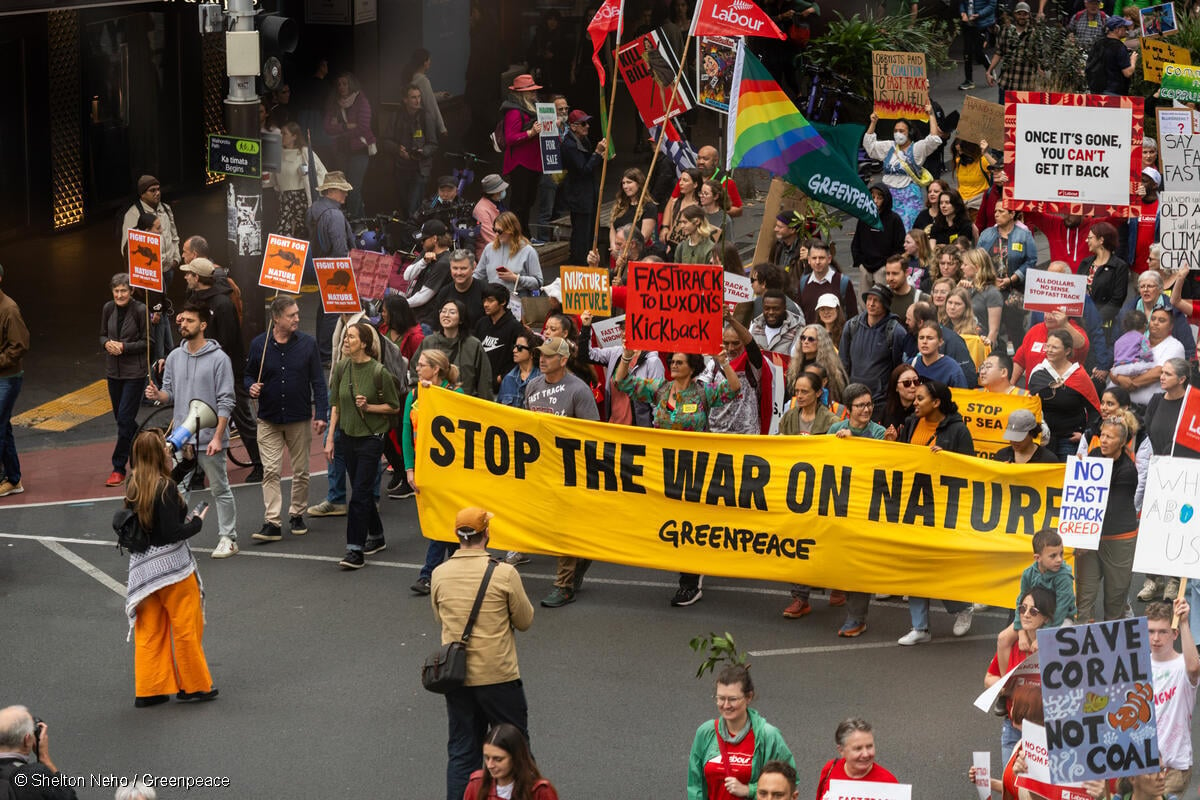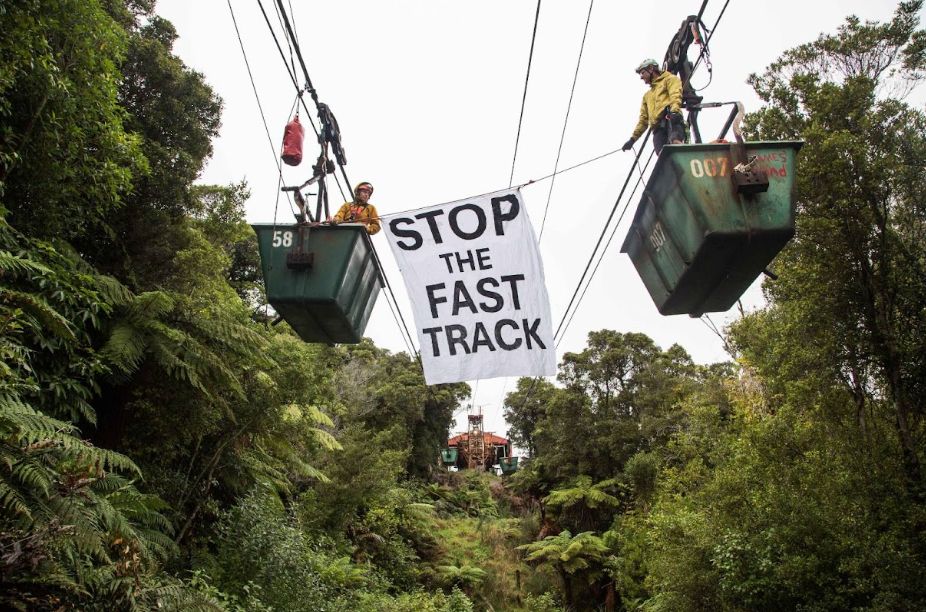The Fast Track Bill could see damaging developments in many areas we know and love here in Aotearoa. We could see precious forests and oceans turned into open-cast mines, rivers and lakes turned into sewers and precious wildlife condemned to extinction.
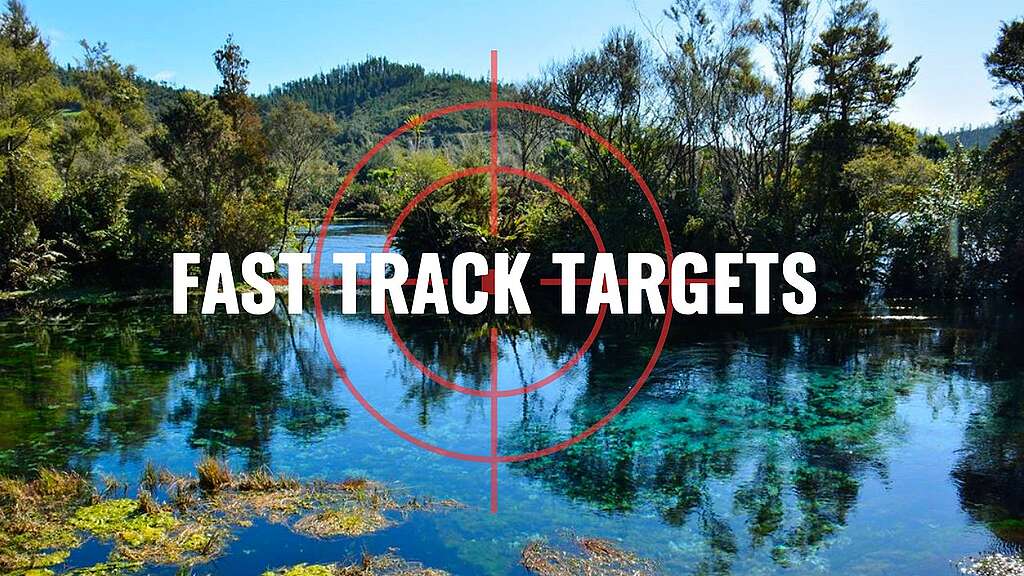
The Bill and the process around it is undemocratic, secretive and wide open to corruption. Almost 50,000 people made submissions, and 2,900 asked to be heard by the select committee, but less than half of those people were allowed to speak. Over 20,000 people hit the streets in Auckland to protest the fast track bill and Luxon’s War on Nature.
The projects that could be enabled by the fast track would be many and diverse, but we don’t know what they all are because the Government has refused to reveal that detail.
However, we do know that some projects are likely to be fast-tracked – either because the companies responsible for them have publicly signalled that they’ll apply or because Chris Bishop explicitly invited them to apply.
We’ve pulled together a non-exhaustive list of all the projects that we know could be fast-tracked through this dangerously anti-environment legislation.
1. Pakiri Beach
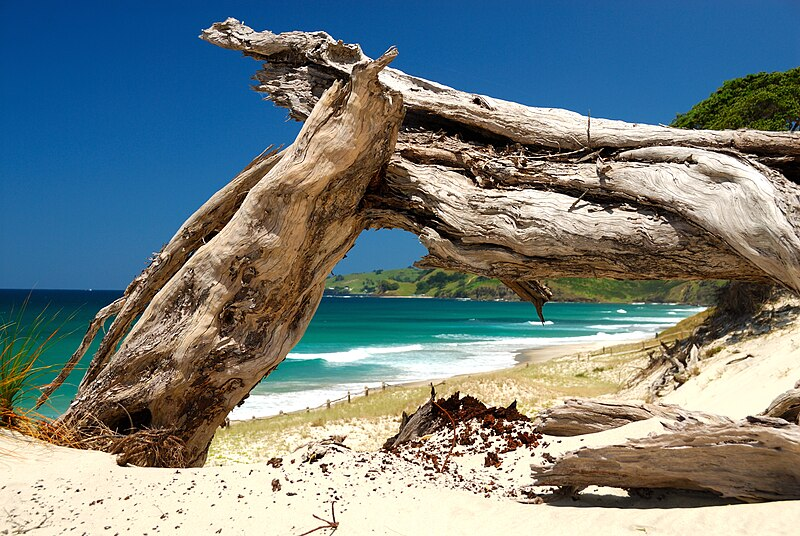
Pakiri Beach is a beautiful, white sand dune beach, eyed up for sand mining by dredging company McCallum Brothers. This scheme risks destroying the dunes, the seabed and a wide variety of wildlife, including rare fairy terns. The Environment Court has said this development cannot go ahead, but this is likely to be overridden under the new fast-track legislation.
2. Ruahine Forest Park, Hawkes Bay
This is conservation land needed for the Ruataniwha dam, the massive water storage scheme that will enable widespread intensive dairy farming in the Hawkes Bay. The Ruataniwha Dam was blocked by the Supreme Court in 2017, after immense public opposition, but it’s now on the cards again.
3. Denniston Plateau, West Coast

This is conservation land and a biodiversity hotspot, including home to great spotted kiwi (roroa), fernbirds, rare giant land snail and West Coast green gecko, will be up for grabs for mining companies. It’s an area environmental organisations have long fought to protect.
4. Te Kuha, Westport
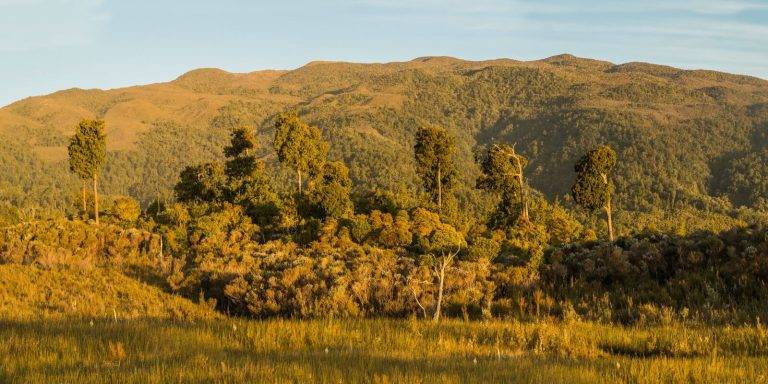
The Te Kuha Coal Mine proposed on a conservation land mountaintop in Westport, near the Denniston Plateau. The land is home to numerous threatened species, such as great spotted kiwi (roroa), South Island fernbird, geckos, and 17 plant species.
6. Victoria Conservation Park, near Reefton
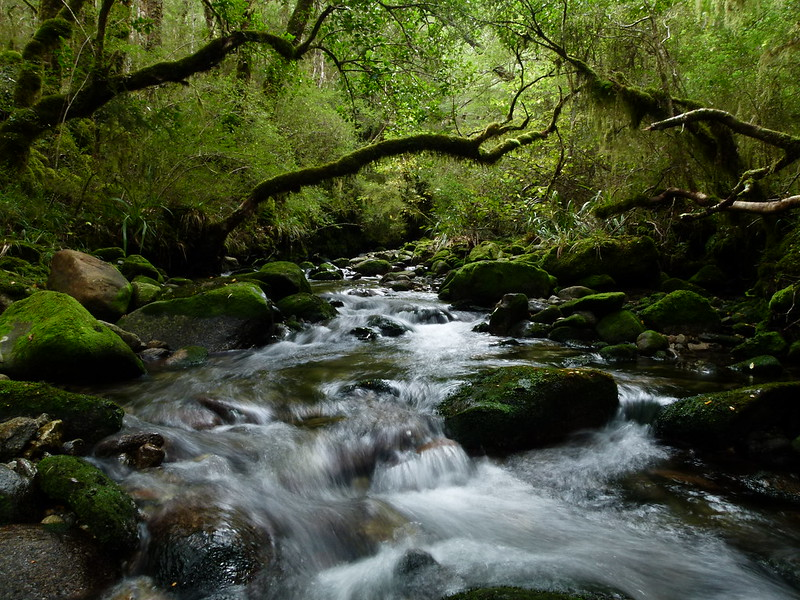
Indigenous forest at risk from gold and antimony mining. Victoria Forest Park is the largest park of its type in the country. There is a network of walking tracks within, many dating from the mining days with relics of those days still visible amid regenerated forest.
7. South Taranaki Bight, Offshore Taranaki
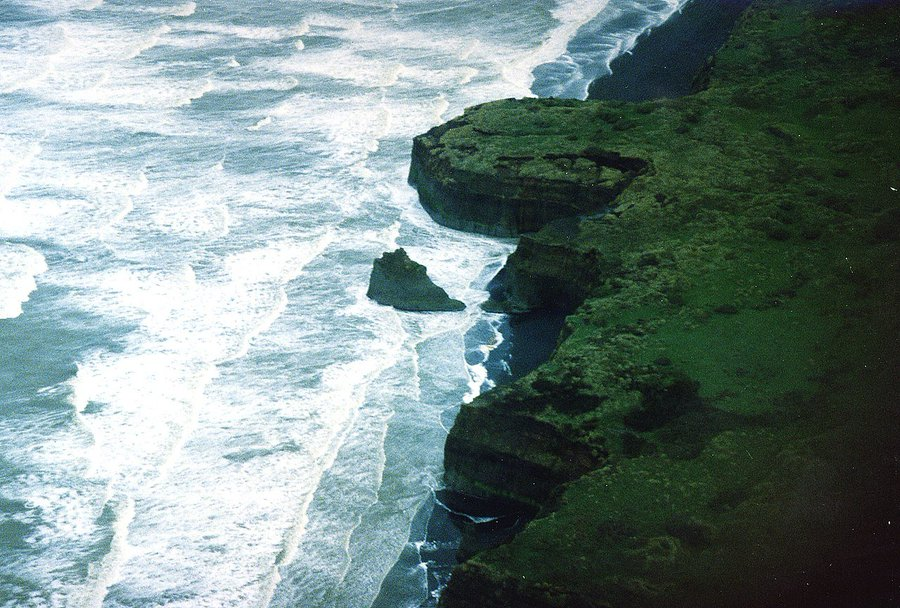
Trans Tasman Resources (TTR) has fought for years to mine the seabed in this blue whale habitat off the coast of Taranaki. The Supreme Court has blocked this, but TTR seems to believe they will now get the go ahead through the fast-track bill. In fact, they’re so confident that they’ve pulled out of their most recent round of the Environmental Protection Authority (EPA) hearings.
8. Chatham Rise, between Banks Peninsula and the Chatham Islands
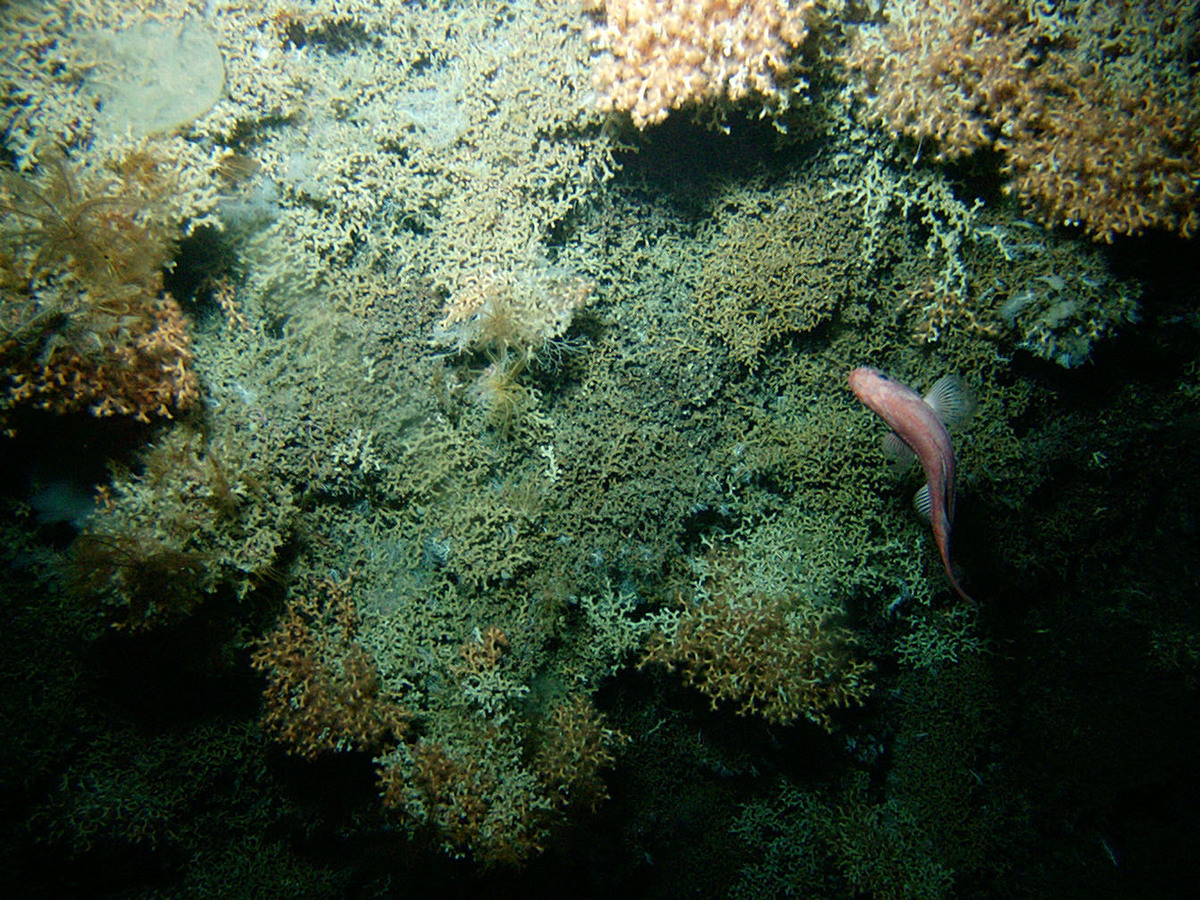
Chatham Rock Phosphate Mining has fought for years to mine for phosphate on the seabed on the Chatham Rise. This project was rejected by the EPA in 2015 as it would destroy the seabed, home to deep sea corals and unique marine life.
9. Wharekirauponga, Coromandel Forest Park
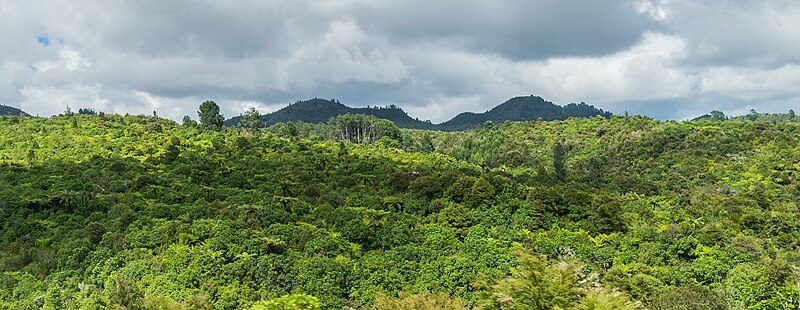
Conservation land in Coromandel Forest Park is sought by OceanaGold for a tunnel and underground gold mine.
10. Puketi Forest, Northland
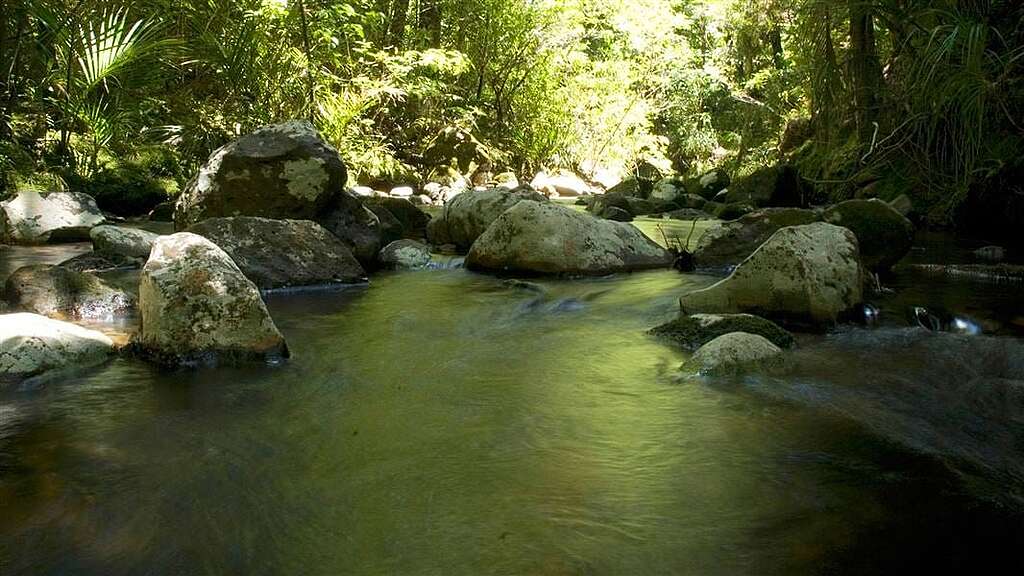
The Government has announced plans to allow mining for lithium and rare earth elements in one of New Zealand’s only remaining kauri forests.
11. Rivers across Canterbury, Hawkes Bay, and Otago
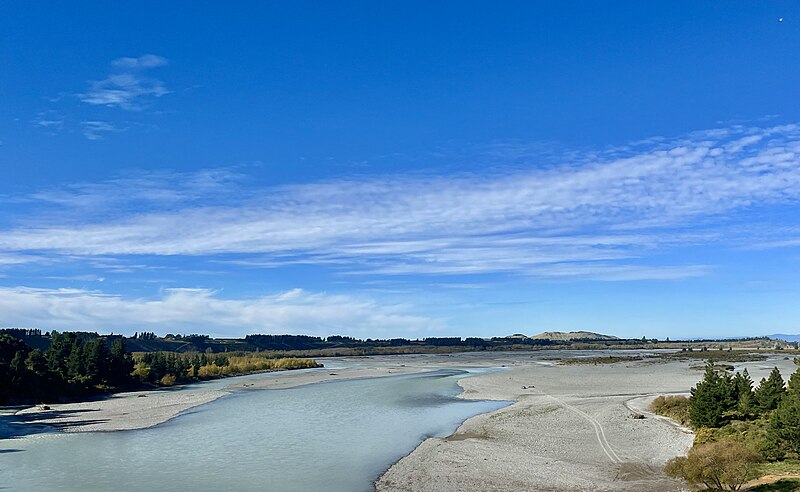
Large-scale irrigation projects, like Klondyke water storage in Canterbury and Falls Dam irrigation, are likely to be back on the table in these areas, driving intensive dairy farming.
12. Waikoropupū Springs

We could see a water bottling project at Waikoropupū Springs to capture and export some of the clearest water in the world, sacred to mana whenua, with no laws on how much water can be taken and water conservation orders overridden.
13. Mangere Inlet

The enormous East/West Link road will go through a unique lava flow habitat, which is the last stronghold for several indigenous volcanic plants, and disturb coastal habitat used by rare birds.
And many more…
There are likely to be many more places across the country threatened by the fast-track bill. And communities living nearby won’t even be allowed to have a say on developments that impact them.
New Zealanders are angry about this bill. It is undemocratic and blatantly anti-environment.
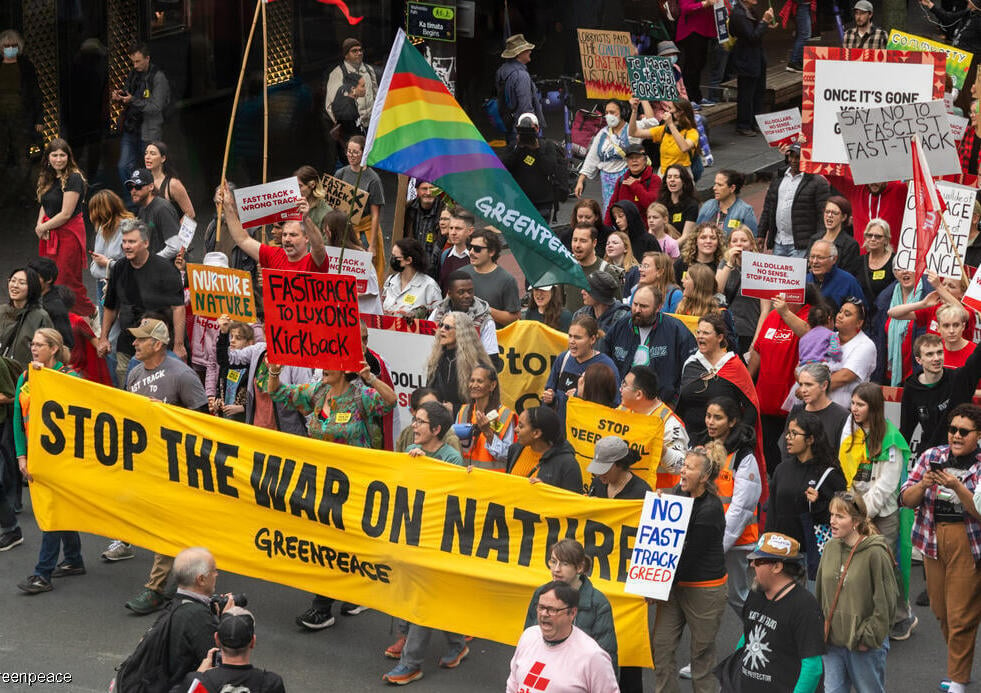
Sign on to this open letter to industry now to help push more of them to opt out of the Fast Track.
Add my name
